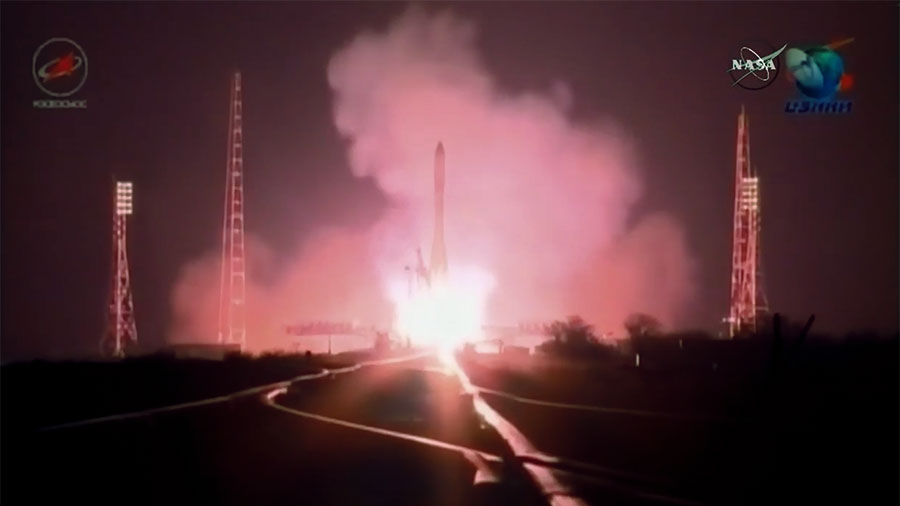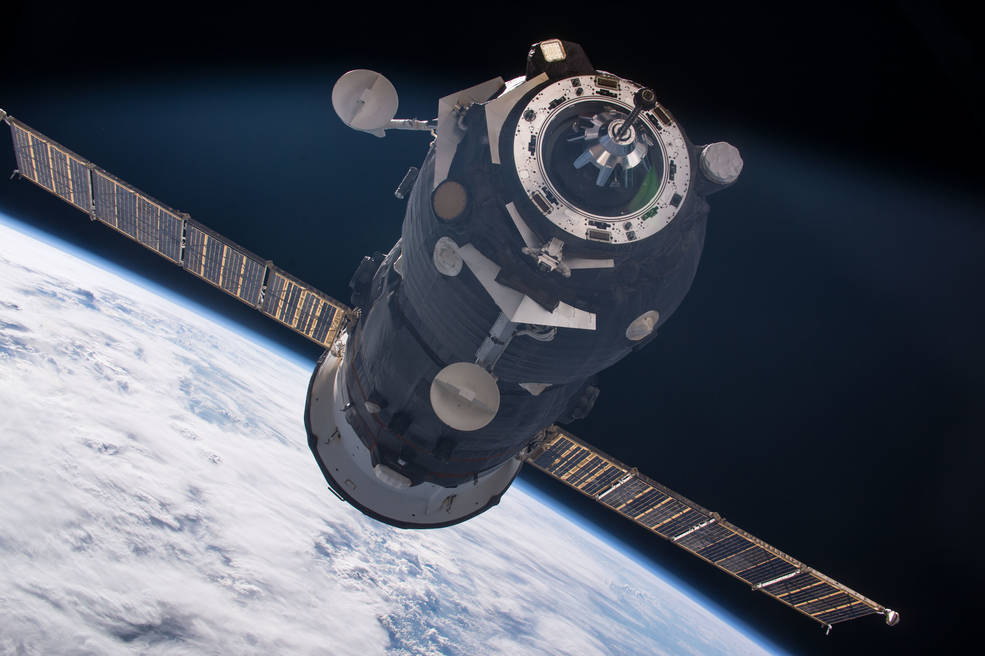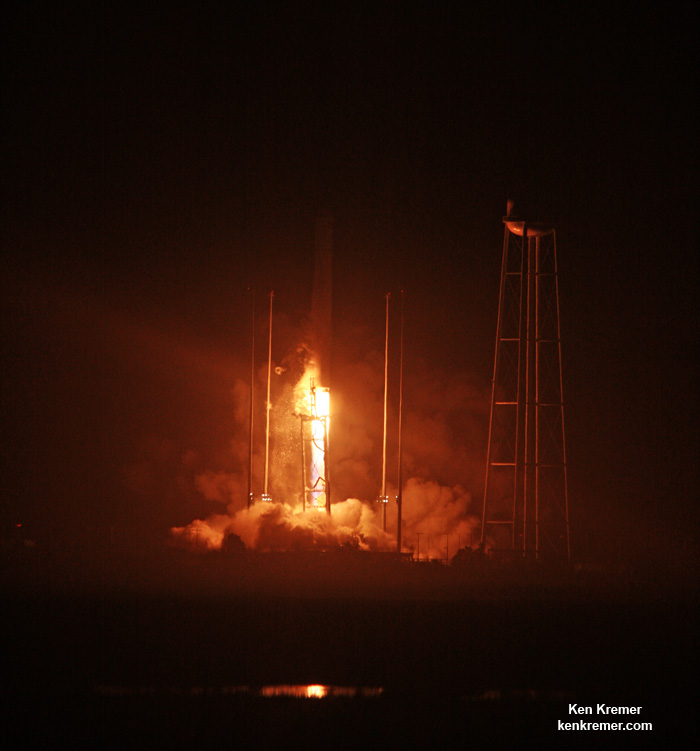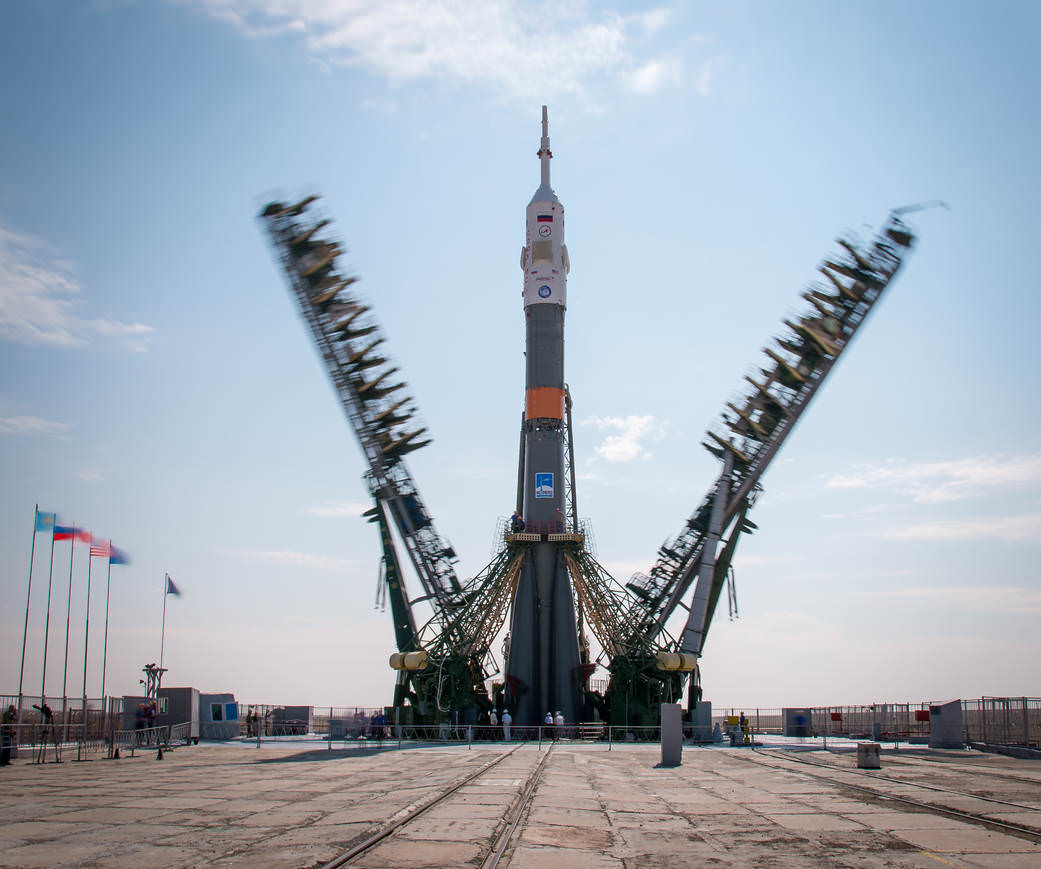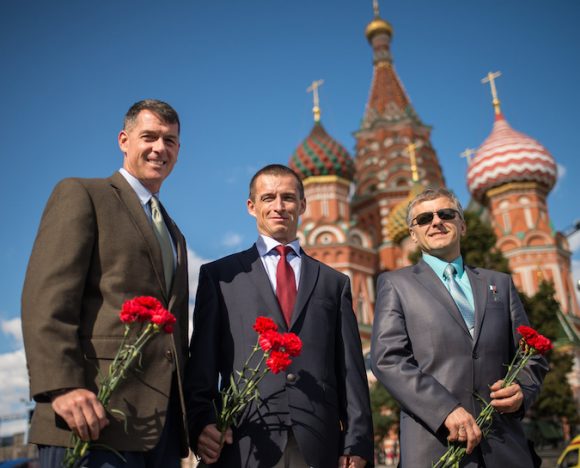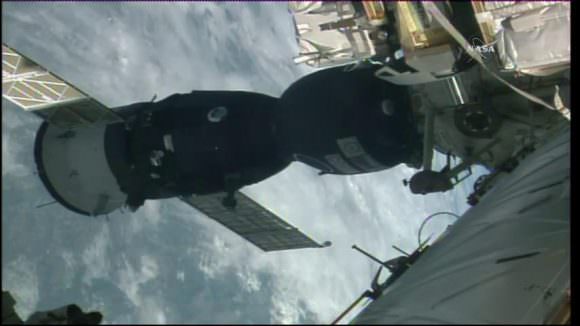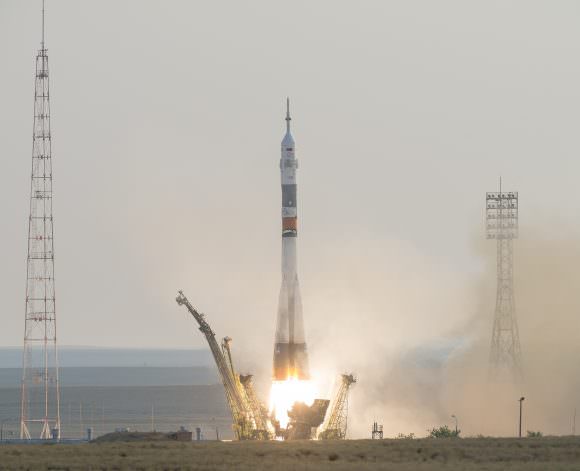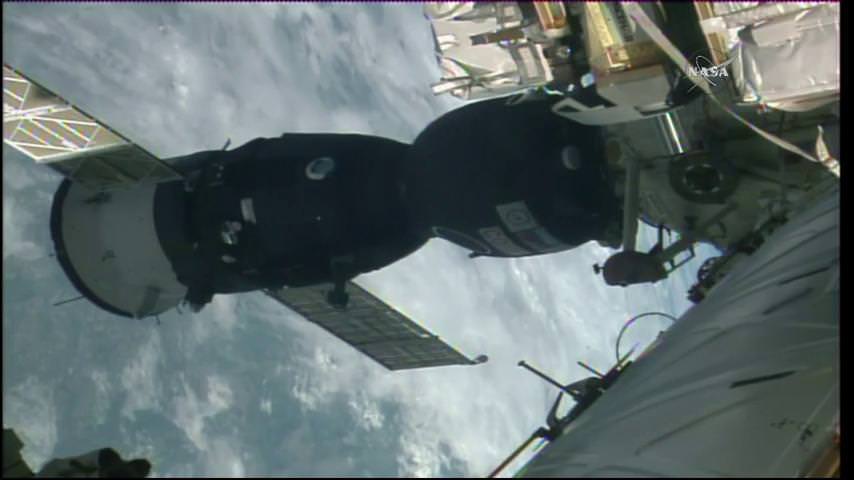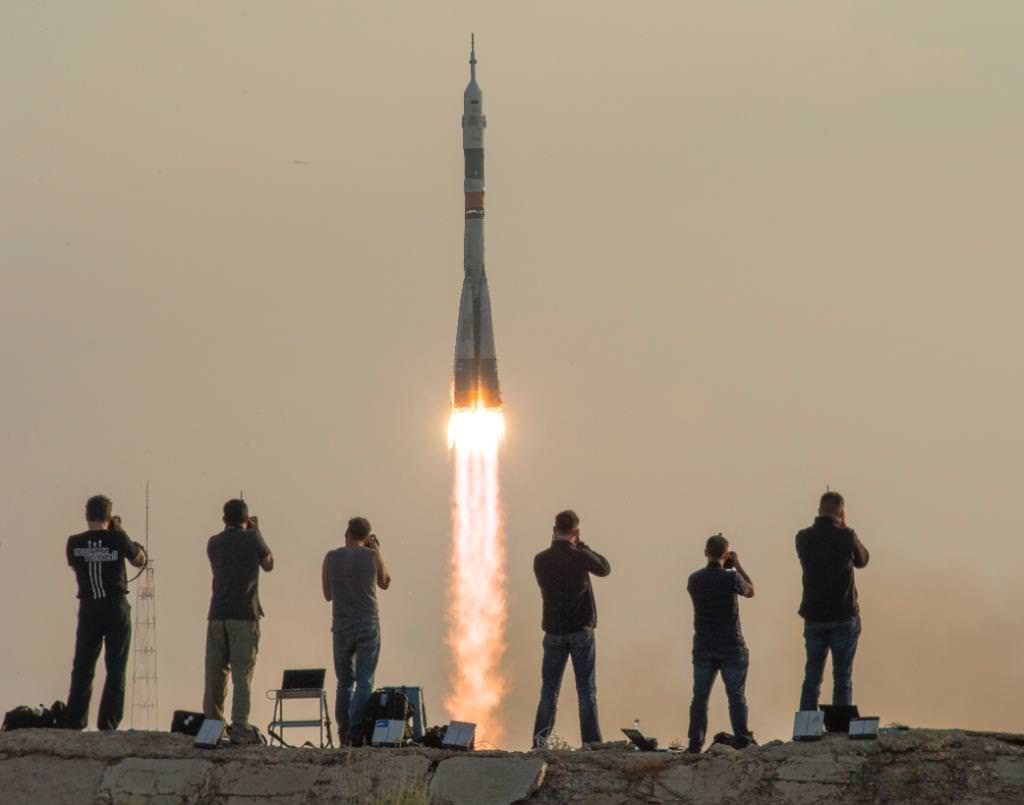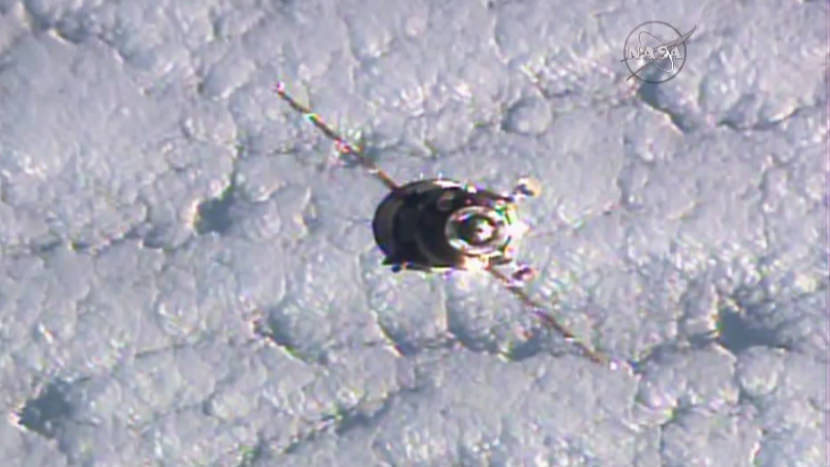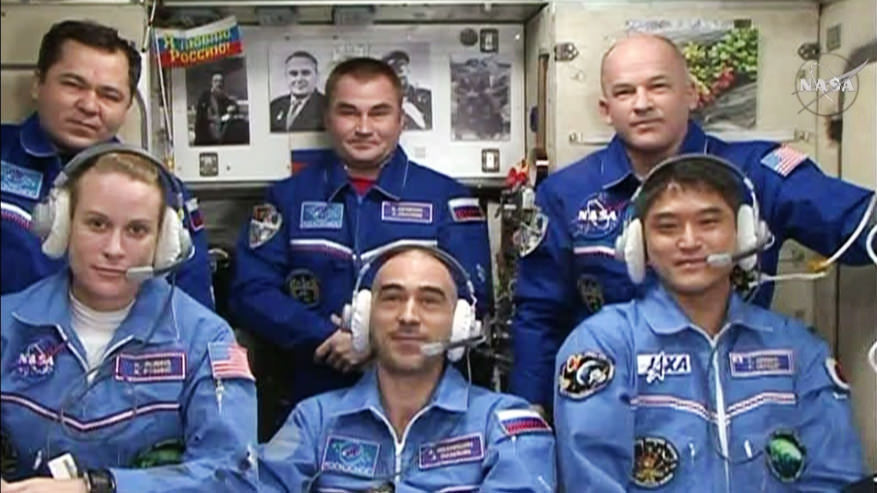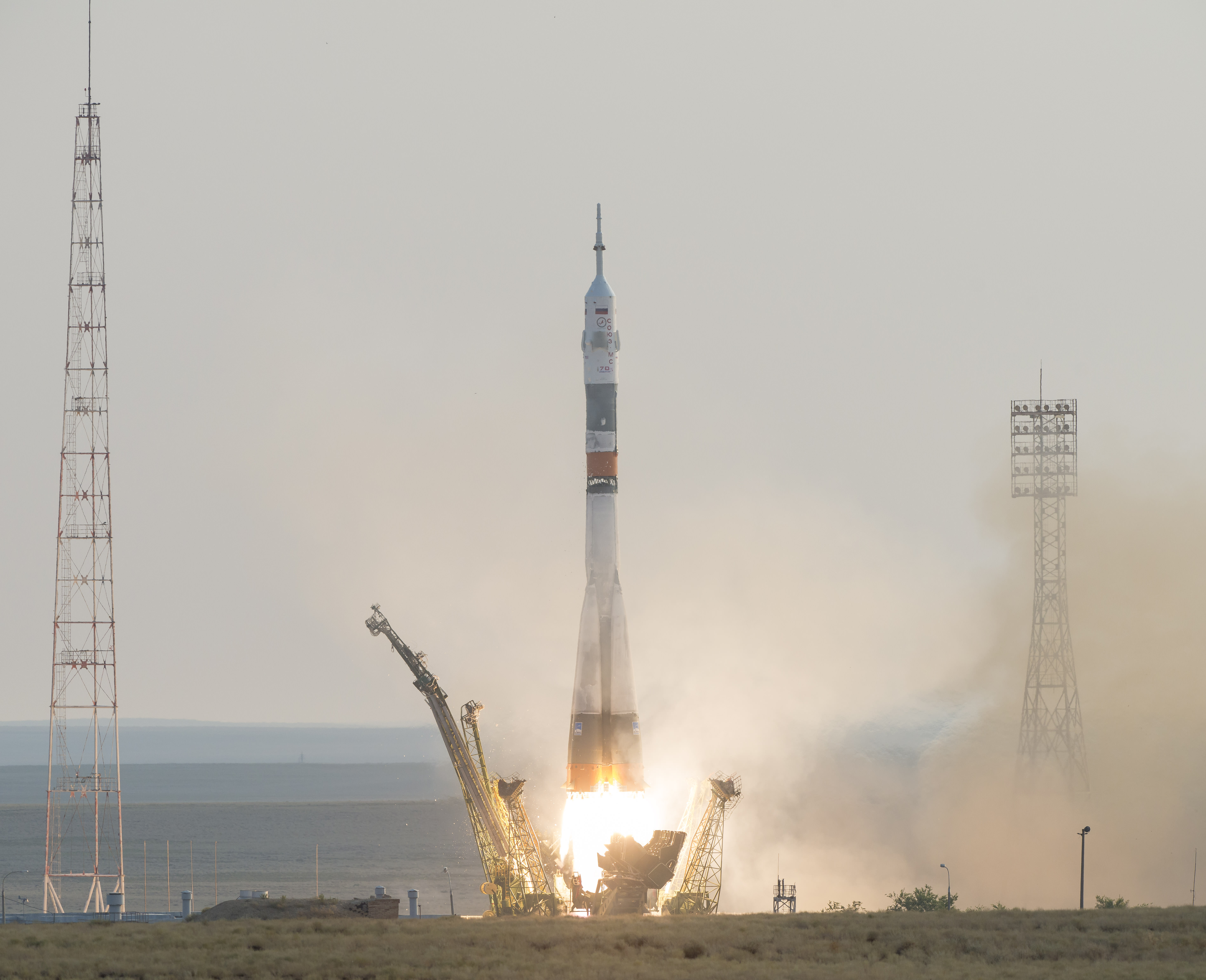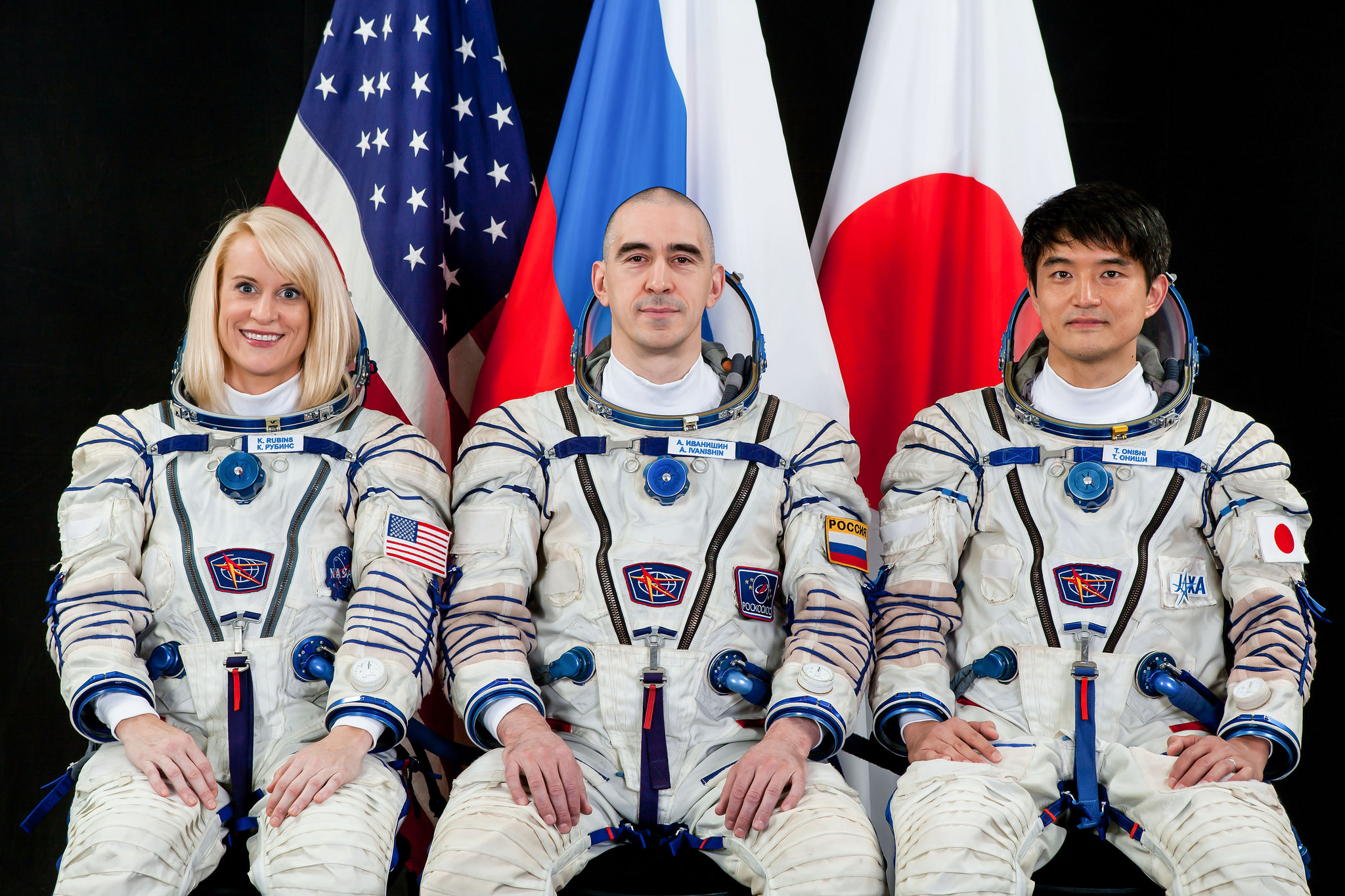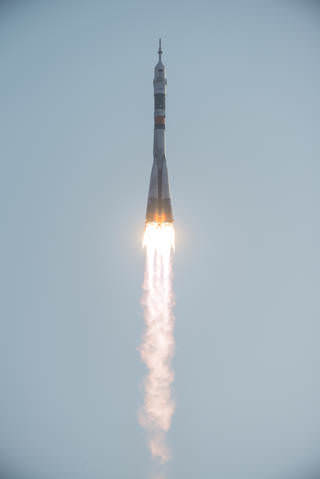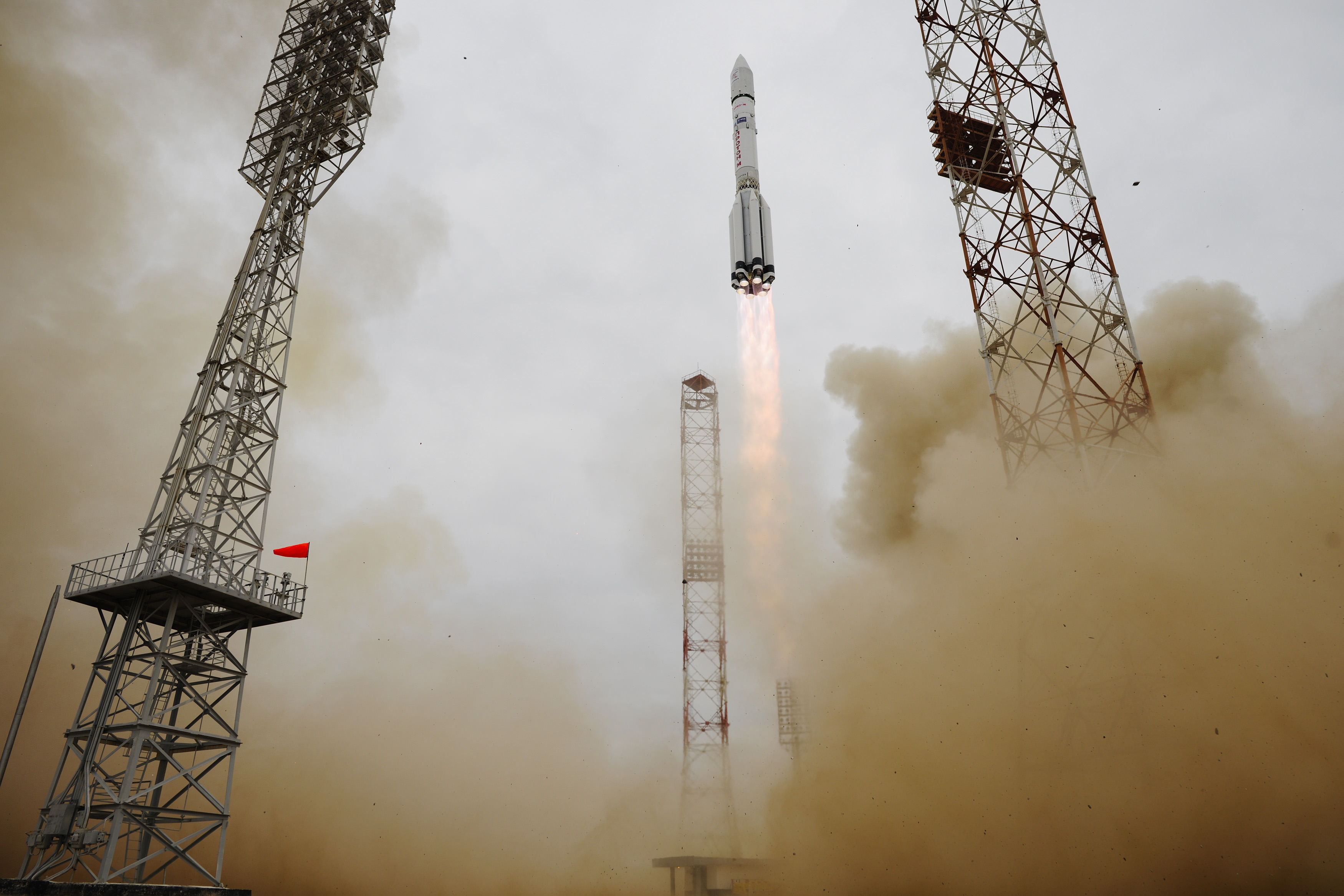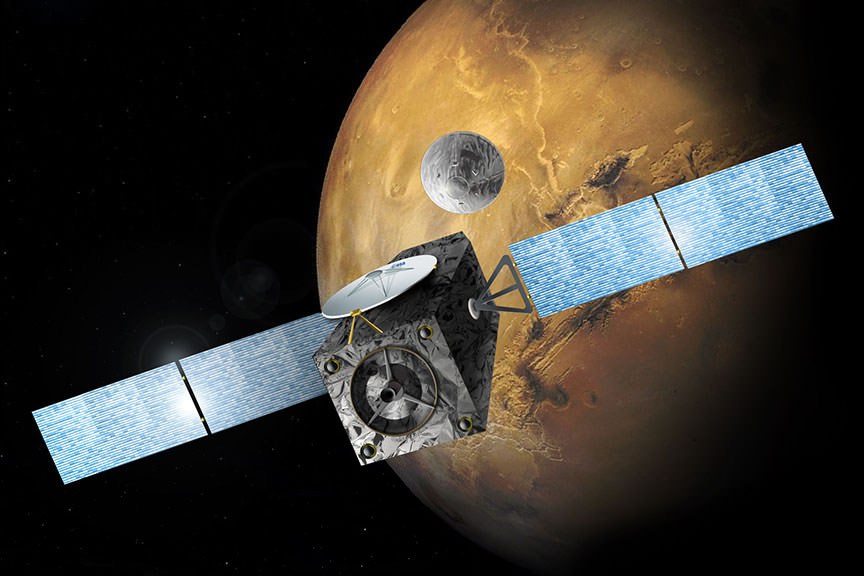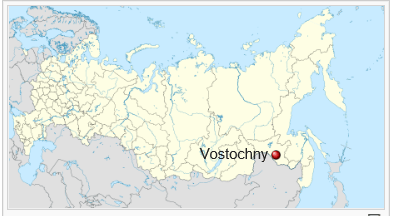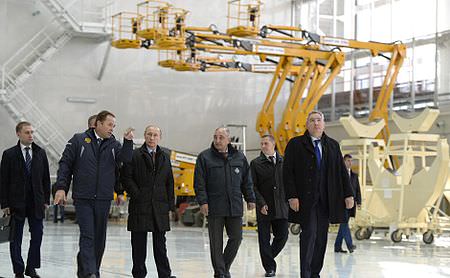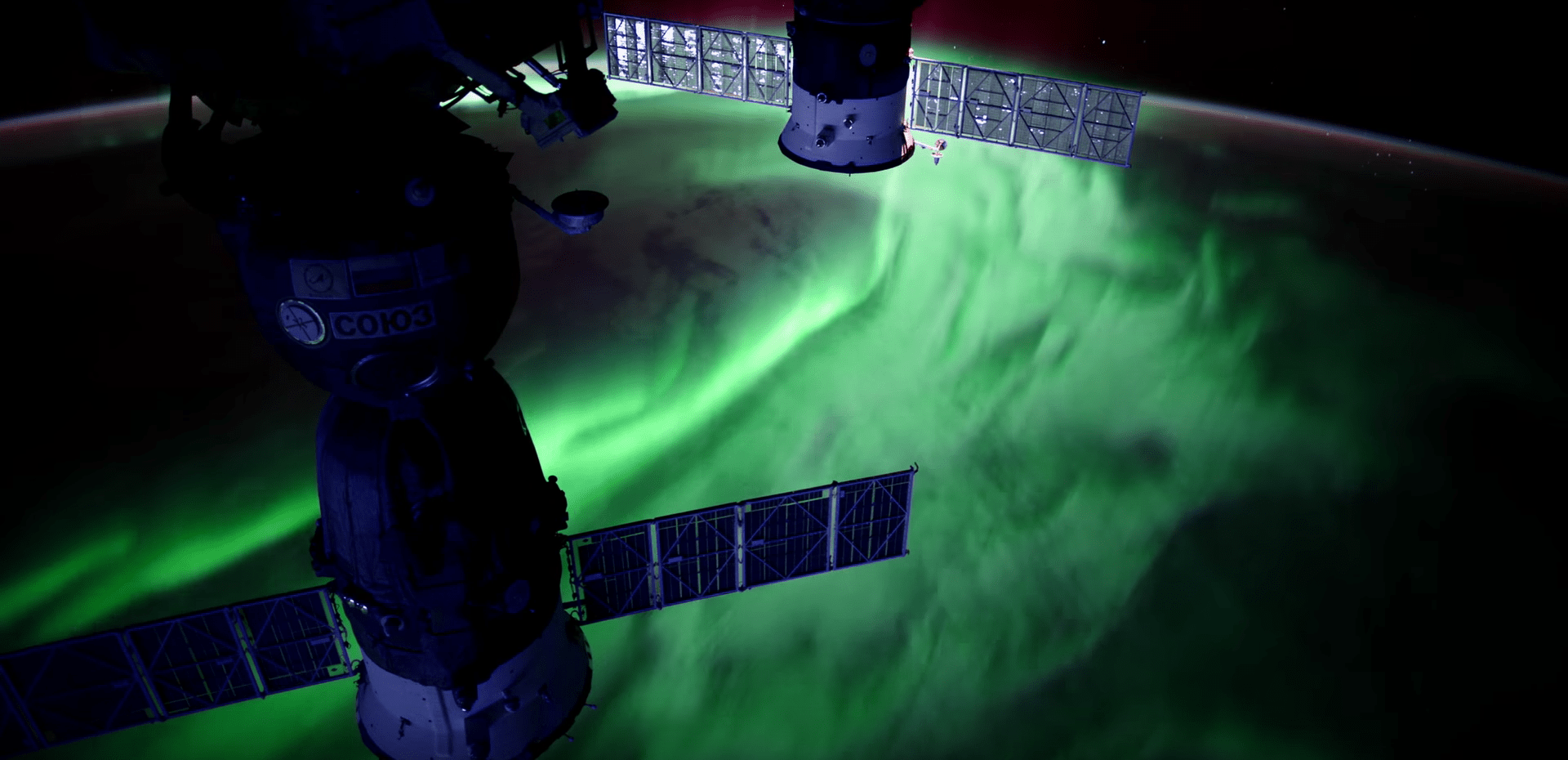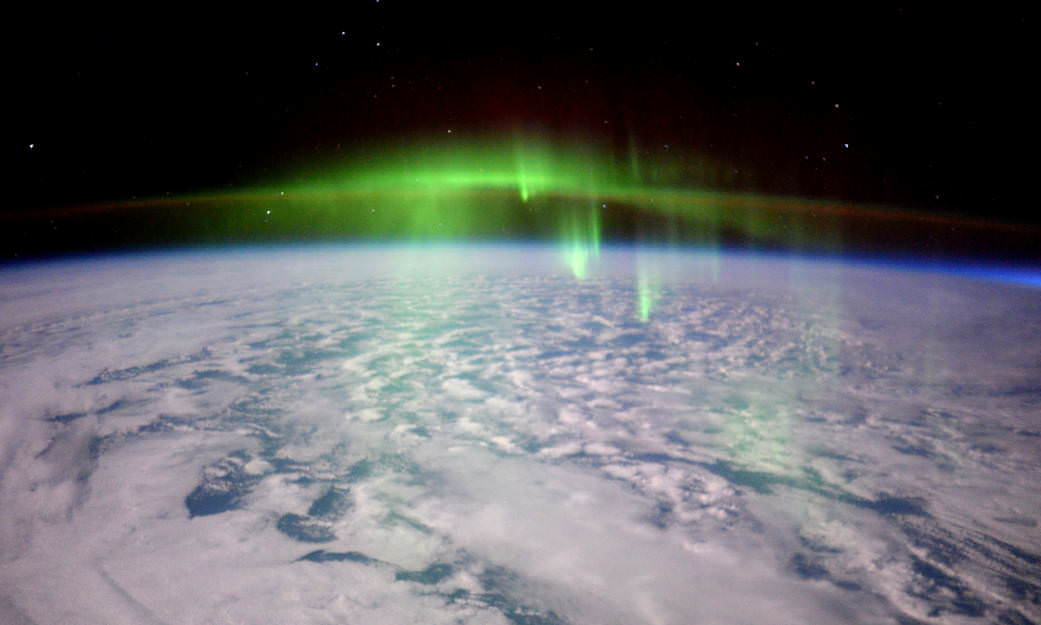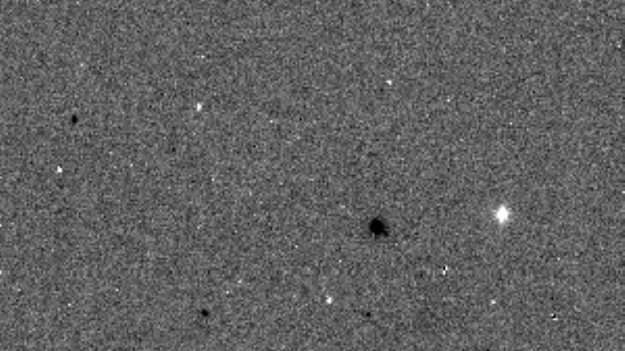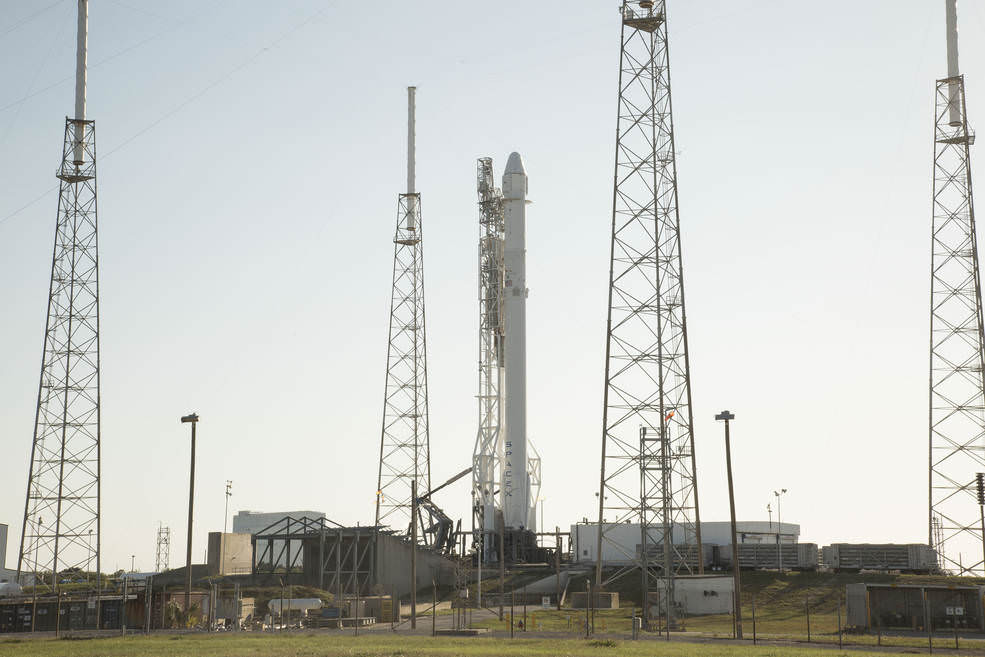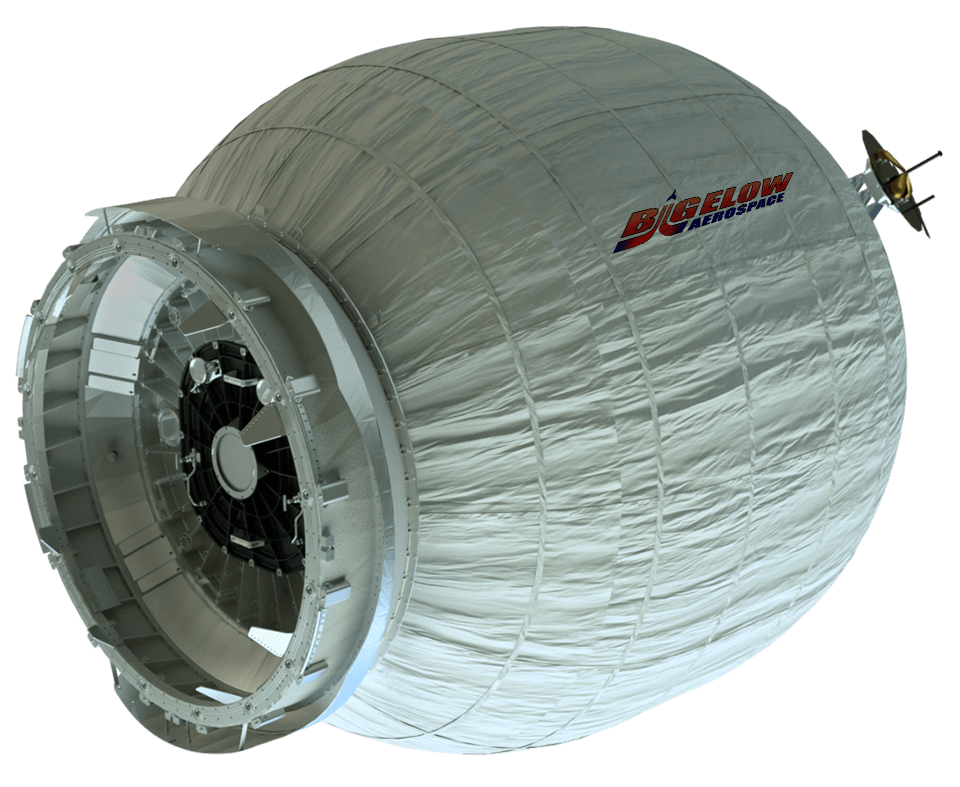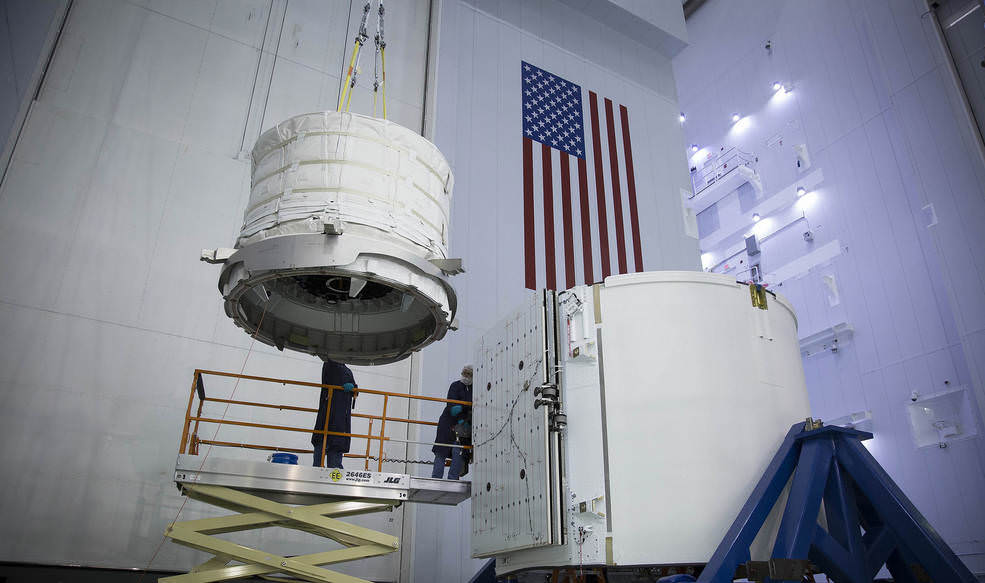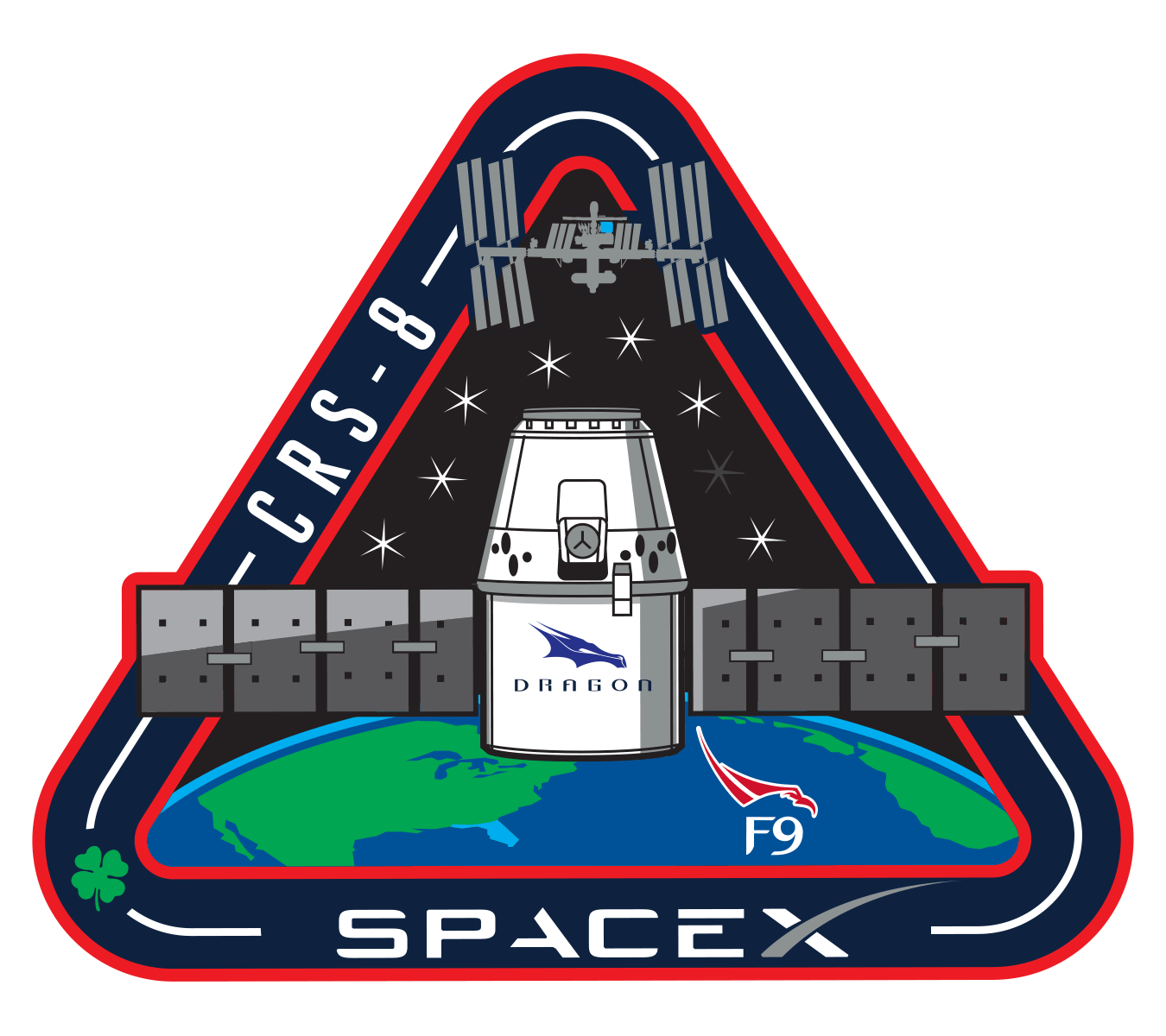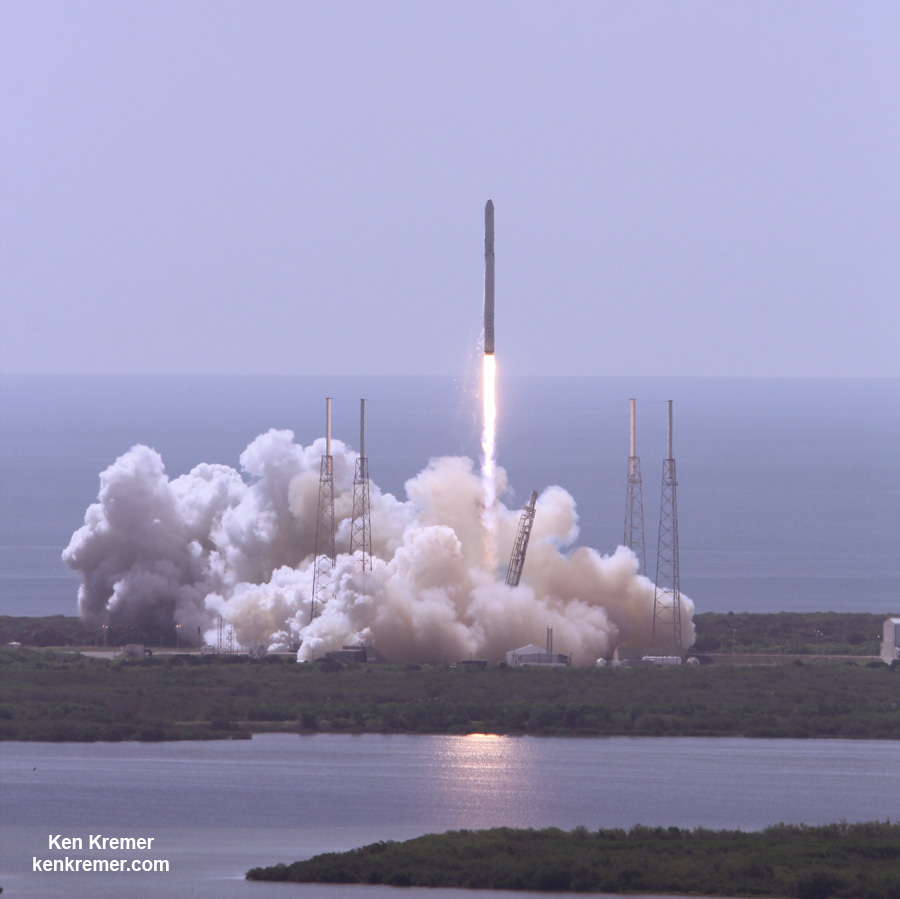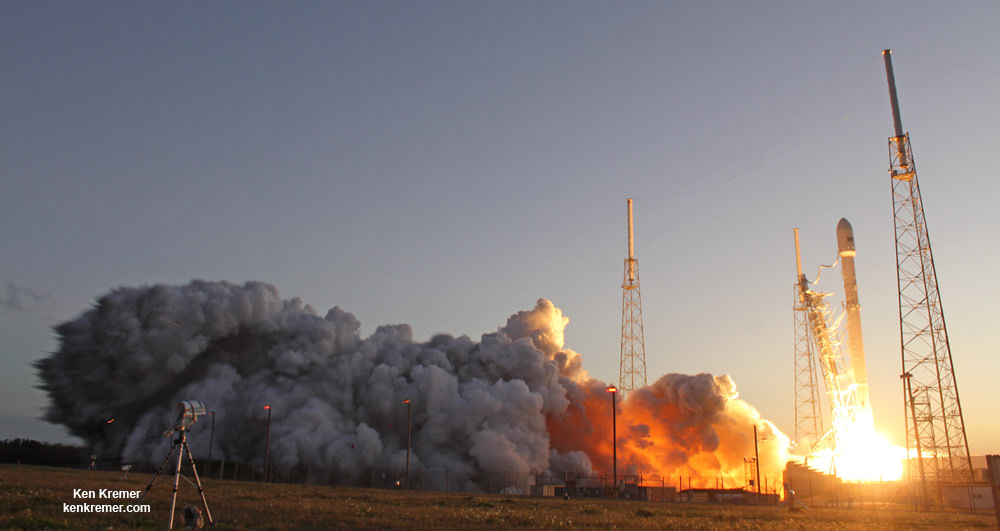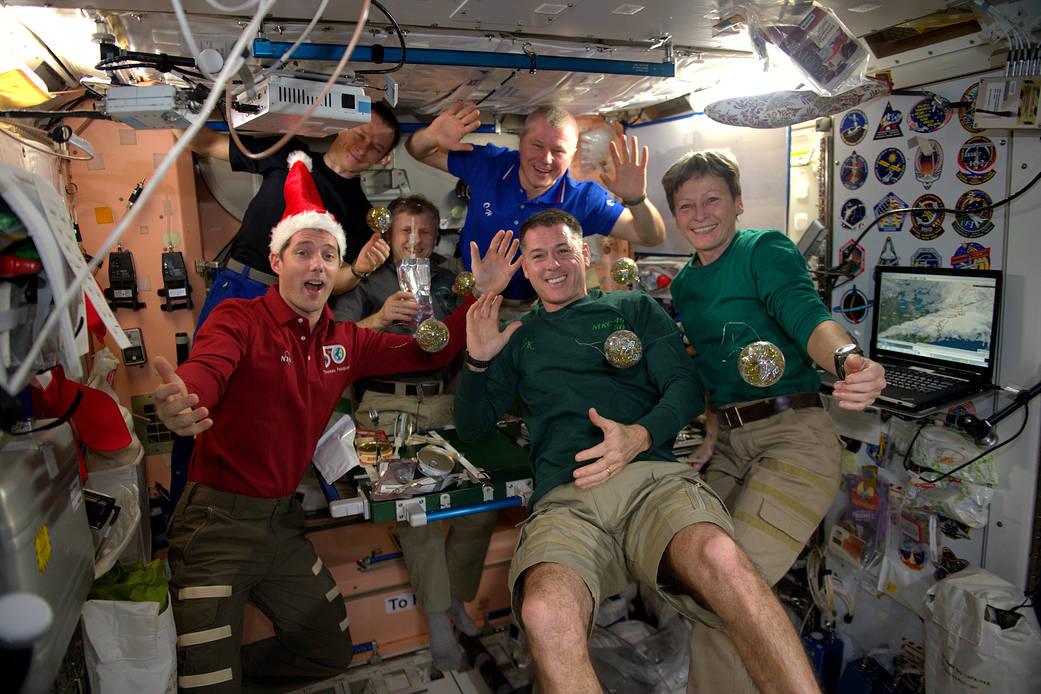
As we celebrate the Christmas tidings of 2016 here on Earth, a lucky multinational crew of astronauts and cosmonauts celebrate the festive season floating in Zero-G while living and working together in space aboard the Earth orbiting International Space Station (ISS) complex – peacefully cooperating to benefit all humanity.
Today, Dec. 25, 2016, the six person Expedition 50 crew of five men and one woman marked the joyous holiday of Christ’s birth by gathering for a festive meal in space – as billions of Earthlings celebrated this Christmas season of giving, remembrance and peace to all here on our home planet.
This year is an especially noteworthy Space Christmas because it counts as Expedition 50. This is the 50th crew to reside on board since the space station began operating with permanent occupancy by rotating crews all the way back to 1998.
The Expedition 50 crew currently comprises of people from three nations supporting the ISS – namely the US, Russia and France; Commander Shane Kimbrough from NASA and flight engineers Andrey Borisenko (Roscosmos), Sergey Ryzhikov (Roscosmos), Thomas Pesquet (ESA), Peggy Whitson (NASA), and Oleg Novitskiy (Roscosmos).
Here a short video of holiday greetings from a trio of crew members explaining what Christmas in Space means to them:
Video Caption: Space Station Crew Celebrates the Holidays Aboard the Orbital Lab. Aboard the International Space Station, Expedition 50 Commander Shane Kimbrough and Peggy Whitson of NASA and Thomas Pesquet of the European Space Agency discussed their thoughts about being in space during the holidays and how they plan to celebrate Christmas and New Year’s in a downlink. Credit: NASA
“Hello from the Expedition 50 Crew! We’d like to share what Christmas means to us,” said Expedition 50 Commander Shane Kimbrough.
“For me it’s a lot about family,” said Expedition 50 Commander Shane Kimbrough. “We always travel to meet up with our family which is dispersed across the country. And we go home to Georgia and Florida … quite abit to meet up. Always a great time to get together and share with each other.”
“Although its typically thought of a season to get things, we in our family think about the giving aspect. Giving of our many talents and resources. Especially to those less fortunate.”
Kimbrough arrived on the complex in October, followed a month later by Whitson and Pesquet in November.
They were all launched aboard Russian Soyuz capsules from the Baikonur Cosmodrome in Kazakhstan.
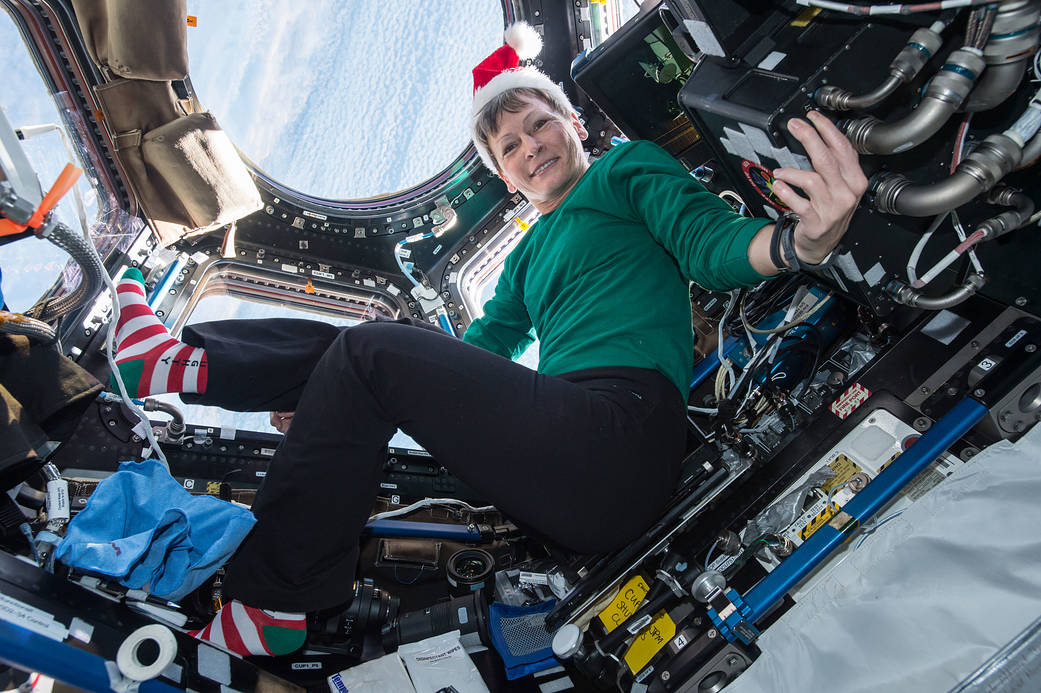
And Peggy Whitson especially has a lot to celebrate in space!
Because not only is Whitson currently enjoying her third long-duration flight aboard the station – as an Expedition 50 flight engineer. Soon she will become the first woman to command the station twice ! That momentous event happens when she assumes the role of Space Station Commander early in 2017 during the start of Expedition 51.
“In addition to family, there is another very important aspect to being on the ISS,” said Whitson.
“That is seeing the planet as a whole. It actually reinforces I think, that fact that we should live as one people and strive for peace.”
“I second the comments already made. I grew up in a family of 25 cousins,” said ESA’s Thomas Pesquet. “The only time we could catch up was around Christmas time…. So I always looked forward to that, although this year I can’t be with them of course … and will think of them.”
“I am making the most of this opportunity to look at the Earth. Reflect about what Christmas means to us as individuals and to the world in general. And we will have a good time on board the ISS and share a Christmas meal together.”
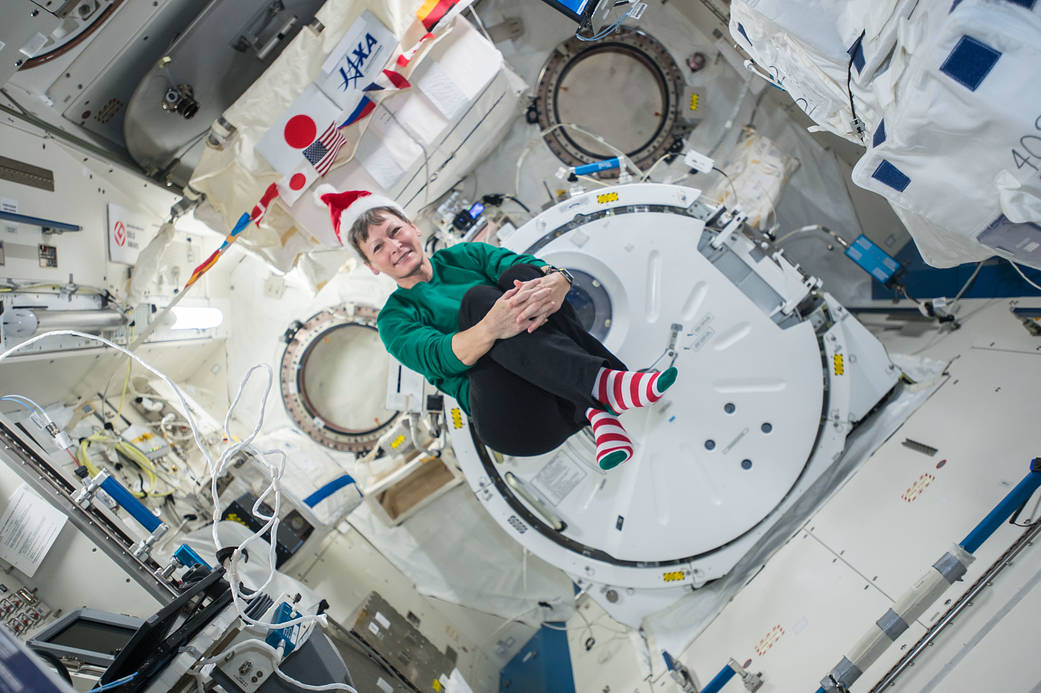
The crew is enjoying a light weekend of work and a day off tomorrow, Dec. 26.
After that they begin preparing for a pair of spacewalks in the new year by Kimbrough and Whitson – scheduled for Jan. 6 and 13. The crew is checking the spacesuits by testing the water among other activities.
The goal of the excursions is to “complete the replacement of old nickel-hydrogen batteries with new lithium-ion batteries on the station’s truss structure,” says NASA.
Research work also continues.
“Whitson, who is spending her second Christmas in space, and Pesquet drew blood, urine and saliva samples for the Fluid Shifts study. That experiment investigates the upward flow of body fluids in space potentially causing lasting vision changes in astronauts.”
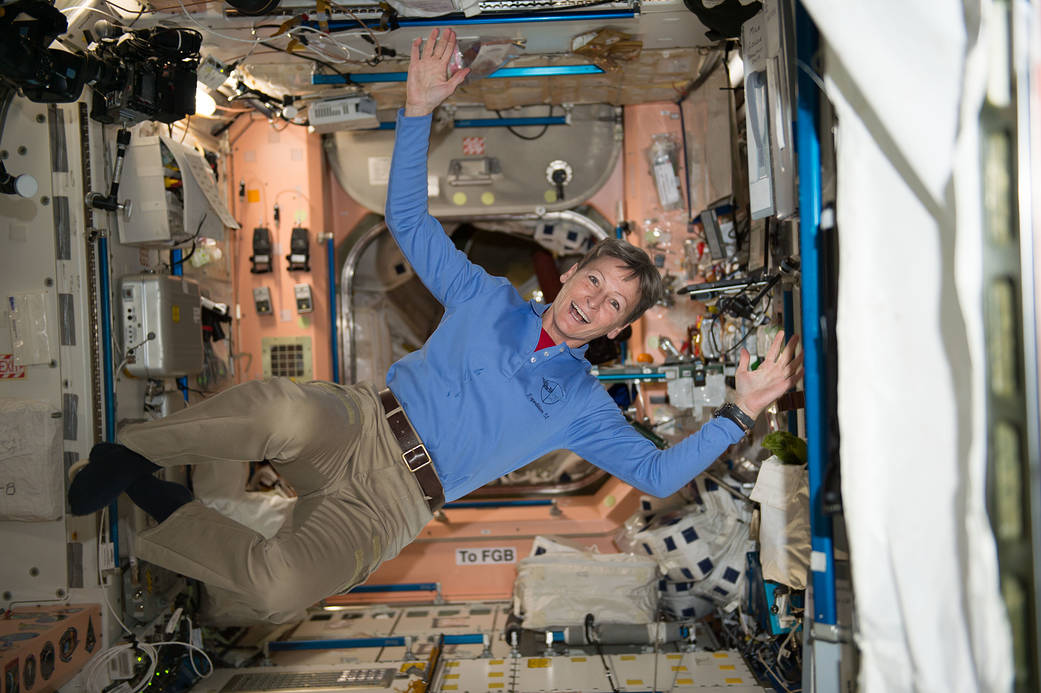
Among other activities, the crew is also unloading 4.5 tons of internal and external cargo, gear and fresh food – including six lithium-ion batteries – from Japan’s sixth H-II Transfer Vehicle (HTV-6), which recently arrived at the ISS on Dec 13.
The next regular US cargo delivery is likely to be in March 2017, when an unmanned Orbital ATK Cygnus cargo freighter is slated to launch on a ULA Atlas V from Cape Canaveral. A Cygnus was also launched on a ULA Atlas V in March 2016.
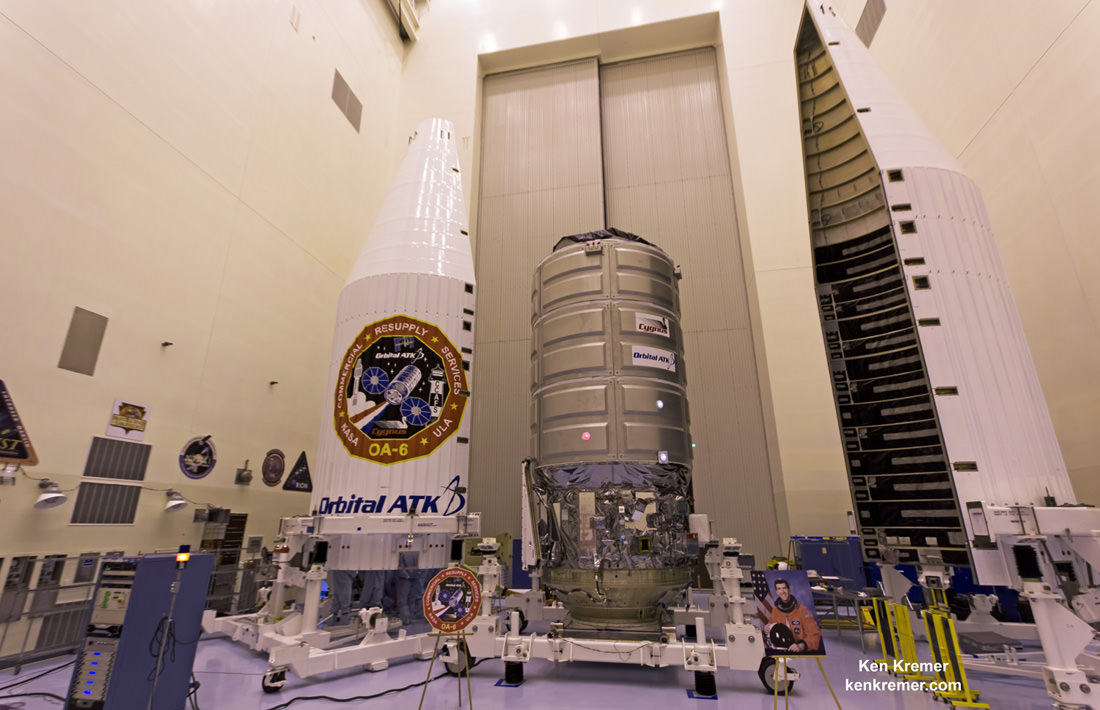
SpaceX also hopes to resume Dragon cargo launches sometime in the new year after they resolve the issues that led to the destruction of a SpaceX Falcon 9 on Sept. 1 during fueling operations at pad 40 on the Cape.
Meanwhile Roscosmos continues to investigate the causes of the failed launch of the unmanned Russian Progress 65 resupply ship on Dec. 1 due to a 3rd stage anomaly.
Stay tuned here for Ken’s continuing Earth and Planetary science and human spaceflight news.

